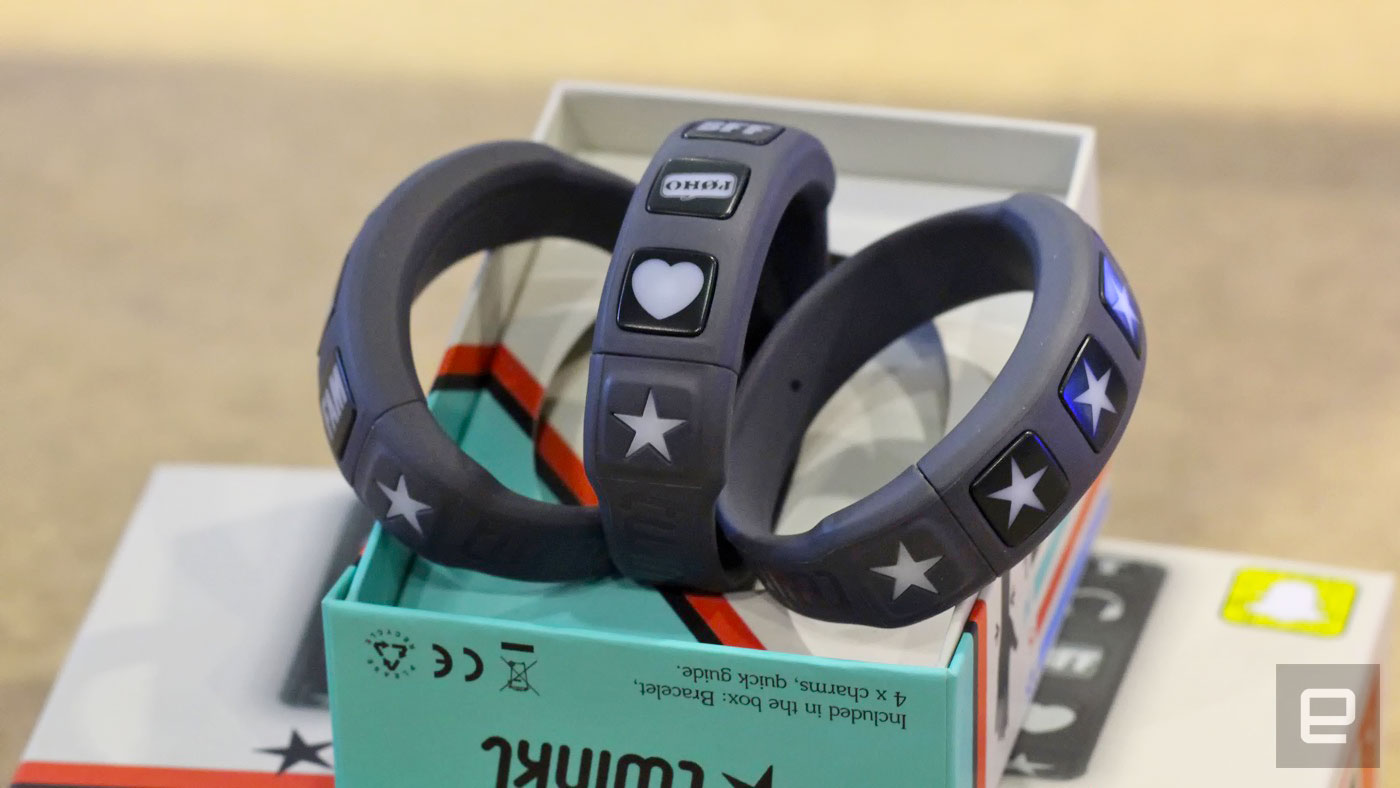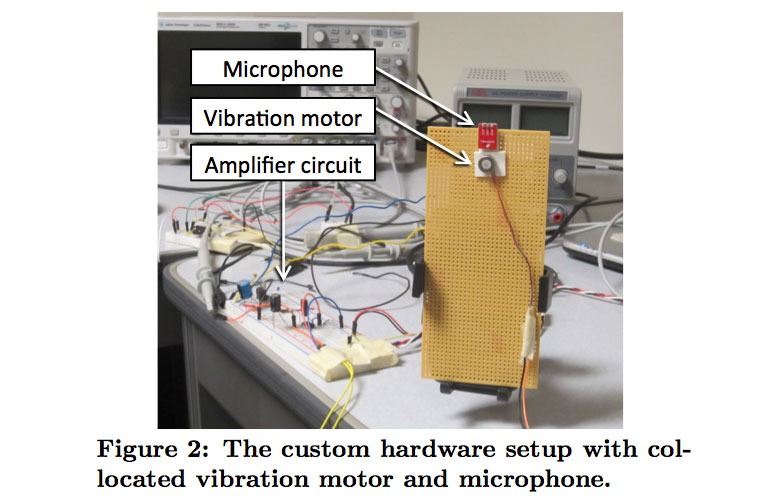Spider-Man’s Spider Sense alerts him to danger and allows his body to react on its own to avoid attacks. Thinkgeek’s Tingling Electronic Spidey Sense T-shirt on the other hand only alerts you when someone – or something – is behind you. But at least you don’t have to get bit by – or look for – a radioactive spider.

Actually there’s nothing special about the T-shirt itself. It comes with a clip-on proximity sensor that also has motors to make it vibrate. When someone approaches at least 5ft. behind you, the device will emit a pulse, emulating Spider-Man’s power. The pulses become more frequent the closer someone is to you. Wait… is this a naughty toy?

I wonder if it will still work if you wear it under a hoodie.
 You can pre-order the t-shirt from ThinkGeek for $40 (USD). It won’t be released until October, but I have a feeling it’ll be sold out way before then. I bet tinkerers will be selling replicas of the gadget online before we know it.
You can pre-order the t-shirt from ThinkGeek for $40 (USD). It won’t be released until October, but I have a feeling it’ll be sold out way before then. I bet tinkerers will be selling replicas of the gadget online before we know it.

 Telling people that you're thinking about them is so much of a chore for energy-deficient millennials that something had to be done. That's the idea behind Twinkl's charm bracelet, a wearable that lets you send positive thoughts to your chums at the...
Telling people that you're thinking about them is so much of a chore for energy-deficient millennials that something had to be done. That's the idea behind Twinkl's charm bracelet, a wearable that lets you send positive thoughts to your chums at the...
 Telling people that you're thinking about them is so much of a chore for energy-deficient millennials that something had to be done. That's the idea behind Twinkl's charm bracelet, a wearable that lets you send positive thoughts to your chums at the...
Telling people that you're thinking about them is so much of a chore for energy-deficient millennials that something had to be done. That's the idea behind Twinkl's charm bracelet, a wearable that lets you send positive thoughts to your chums at the...
 If you're already a huge fan of football (aka soccer) and wish you could feel those sweet victories and bitter defeats, Wearable Experiments thinks it can help. Just in time for the Euro 2016 tournament, it's showing off an international version of i...
If you're already a huge fan of football (aka soccer) and wish you could feel those sweet victories and bitter defeats, Wearable Experiments thinks it can help. Just in time for the Euro 2016 tournament, it's showing off an international version of i...
 On the list of things that might be eavesdropping on your day-to-day conversations, the tiny motor that makes your phone buzz isn't necessarily the first one that comes to mind. But that is exactly what happens with the VibraPhone — a proof-of-...
On the list of things that might be eavesdropping on your day-to-day conversations, the tiny motor that makes your phone buzz isn't necessarily the first one that comes to mind. But that is exactly what happens with the VibraPhone — a proof-of-...


 You can pre-order the t-shirt from
You can pre-order the t-shirt from 




